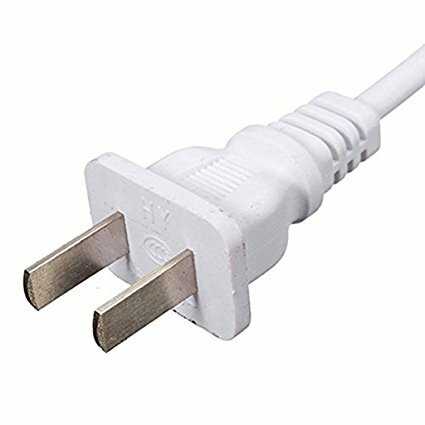2
1
I have been facing this problem since the time of purchase. I think the shocks go away once it's fully charged. I experience shocks regardless of whether I sit directly on the tiled floor at my home, or on a chair with my feet on the ground, or with my shoes on at my workplace. I use the official two pin charger that came with the box. I reside in India. I have gone through the following posts
- Electric shocks from MacBook
- Alu macbook is shocking me
- macbook is shocking me
- electric shocks from macbook
- shocks from macbook
my macbook gives me electric shock when I charge it
Please help me. Many of my friends are also facing the same problem.
This question also asks what could be done by apple about it? and as to why apple is seemingly ignorant of its widespread prevalence?


Read up on 'switch mode' power supplies. They don't need to be grounded [earthed] in order to be safe, although the MacBooks come with a grounded 3-pin plug option which will help reduce the sensation, assuming you have grounded sockets. – Tetsujin – 2018-06-17T14:22:05.127